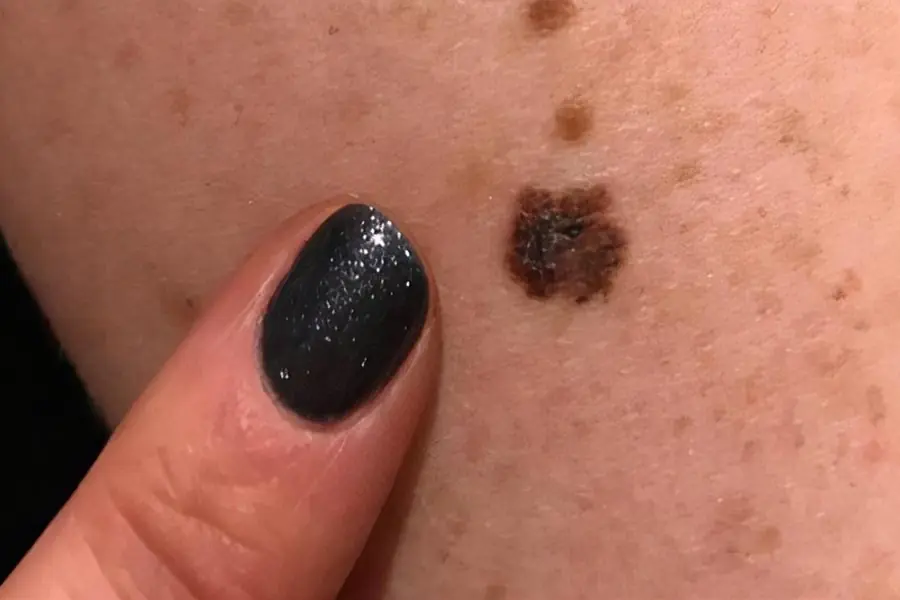
Unusual moles might be more than just a skin quirk — they could be warning signs of cancer

1. How Are Moles Formed?
On the human body, benign skin conditions such as freckles, moles, skin tags, papillomas, and pigmentation changes often appear. However, in some cases, these skin lesions may occur abnormally—especially moles—which can sometimes be a sign of a dangerous cancer that few people suspect.
Many believe that moles are harmless, but sometimes they can be malignant tumors.
Normally, pigment-producing cells called melanocytes are evenly distributed across the skin, giving it its natural color. In certain cases, however, these cells cluster together under the epidermis, forming a mole.
In most cases, these moles are harmless and do not affect health. They vary in shape, size, and location on the body. Some people choose to have moles removed for cosmetic reasons—especially if they appear in large numbers or on the face—even though they pose no health risk.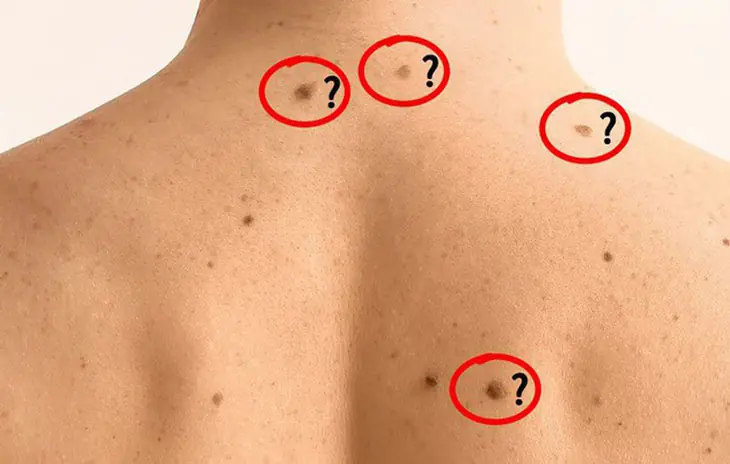
2. How to Identify Cancerous Moles
The number of moles on a person’s body varies depending on their genetic makeup. Moles can appear anywhere, either singly or in clusters. You can assess abnormalities by observing changes in size, shape, color, location, or evolution over time.
Characteristics of Normal Moles
Before learning about cancerous moles, you should understand what a normal, benign mole looks like:
-
Present at birth or develop during childhood.
-
Small in size, typically less than 0.6 cm in diameter.
-
Round and symmetrical in shape, usually black or brown with a uniform color.
-
Edges are smooth, even, and continuous—neither irregular nor blurred.
-
Do not change in shape, size, or color over time.
Characteristics of Cancerous Moles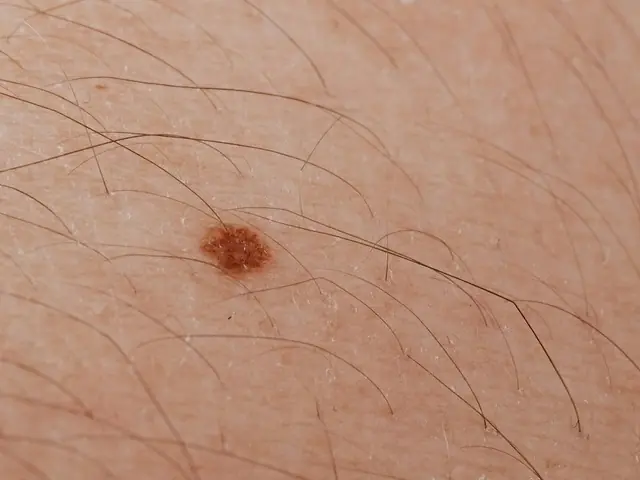
Cancer-warning moles often appear unexpectedly after birth or during adulthood and may show:
-
Large size, with a diameter greater than 6 mm.
-
Uneven color, often a mix of various shades.
-
Changes over time—such as frequent scaling, rapid growth, or turning red—which can be signs of cancer progression.
-
Irregular shape with no symmetry between sides.
-
Raised above the skin with blurred or poorly defined borders.
-
Itching at the site of the abnormal mole.
Since cancer signs vary from person to person, if you notice unusual new moles, it is best to get them checked to know your exact health condition.
3. How to Treat Cancerous Moles
If you discover suspicious moles, visit a medical facility for evaluation and testing. In some cases, the doctor may recommend a biopsy.
Benign Moles
If the mole is benign and the patient does not wish to have it removed, no treatment is necessary as it poses no health risk. However, if the mole affects appearance, a doctor may recommend surgical removal or laser treatment to restore normal skin.
Many people choose to remove harmless moles purely for cosmetic reasons.
Malignant Moles
If the mole is malignant (melanoma), treatment will depend on the stage of the disease and the extent of tumor spread. Common treatments include surgical excision, which may be combined with chemotherapy or radiation therapy before or after surgery if needed.
Patients should note that melanoma can progress rapidly and cause serious health issues, especially if the skin is frequently exposed to ultraviolet rays or harmful chemicals without protection. If your job requires frequent exposure to such factors, you should use protective clothing and equipment.
With the above information, it’s clear that abnormal moles—though they may seem harmless—can sometimes pose serious health risks. Therefore, if you detect unusual changes in a mole, do not ignore them; visit a reputable medical facility for examination as soon as possible.
News in the same category


Just hang a handful of these leaves in front of your door - flies and mosquitoes will disappear

8 types of plants that attract snakes into the house

Mixing fabric softener with salt: Great use to solve household problems

Pour Salt into the Toilet: The Surprising Benefits Every Home Needs

Do This Extra Step Before Boiling Chicken Breast for Juicy, Tender, and Not-Dry Results

In Autumn, Eat These 3 Lu.ng-Nourishing Dishes Regularly to Prevent Cough and Thr.oat Irritation
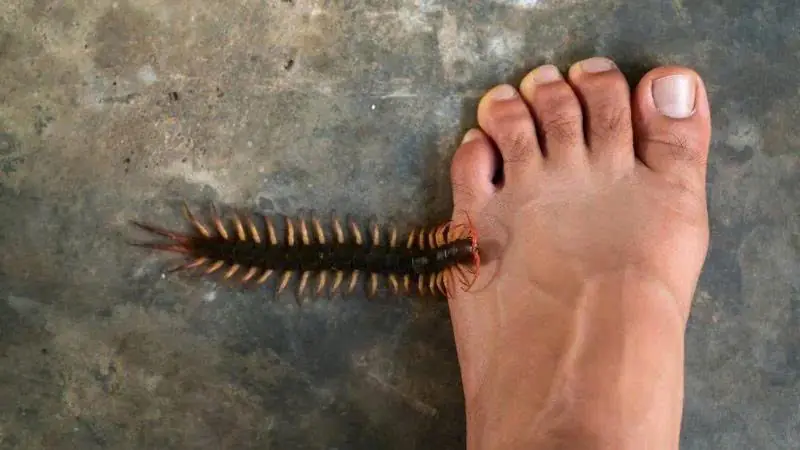
Reasons you should not ki.ll millipedes
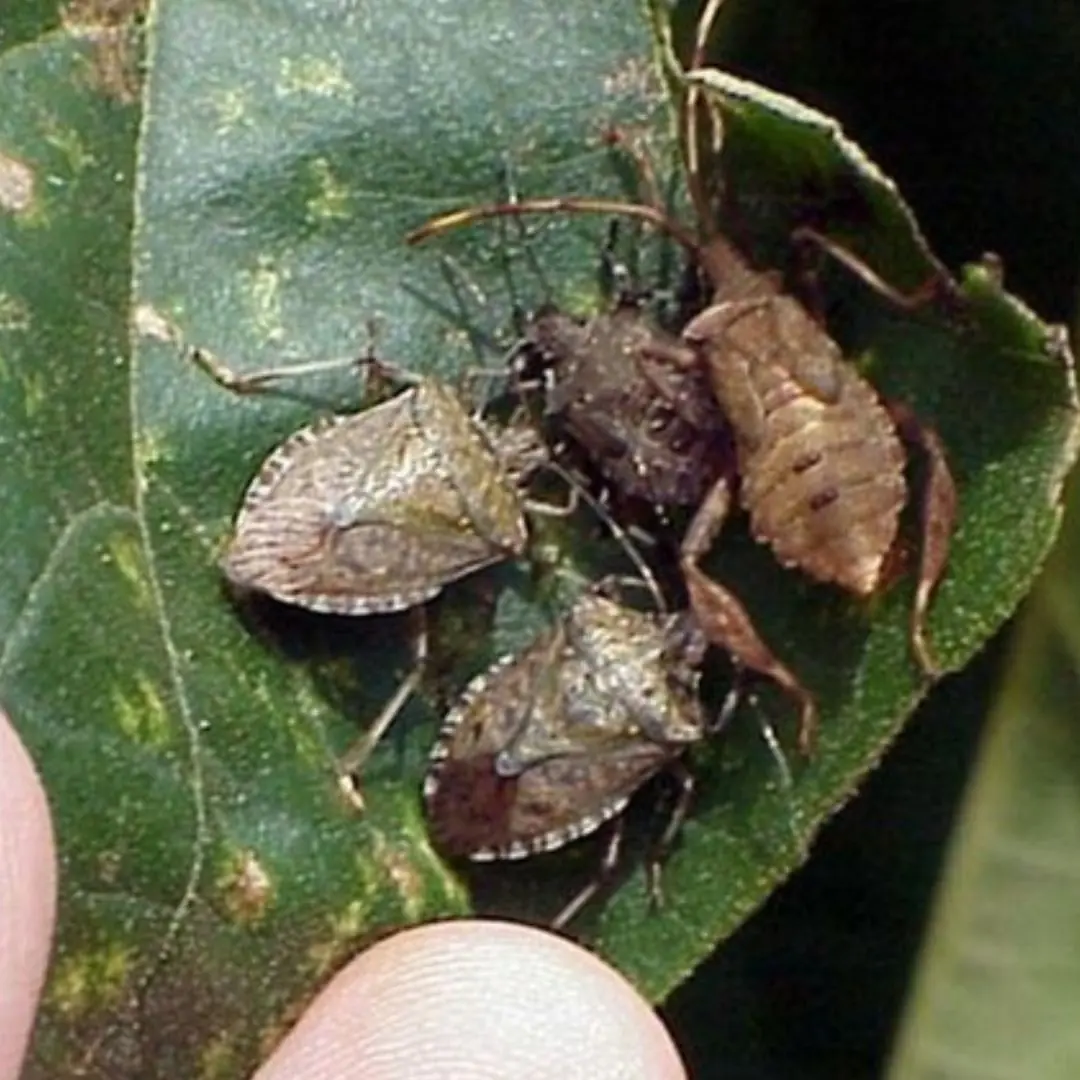
When A Brown Bug Like This Appears In Your Yard, Immediate Action Is Required

Tips for washing grapes to remove dirt and worm eggs, and to safely eat the skin

Don’t Eat Grapes Before You Know This Trick

No Matter How You Wash Clams, There’s Still Grit Inside?

The Secret to Keeping Potatoes Fresh for 6 Months Thanks to a Surprising “Friend” in the Kitchen

Using the Air Conditioner and Fan at the Same Time? I Expected Higher Costs, but the Truth Surprised Me
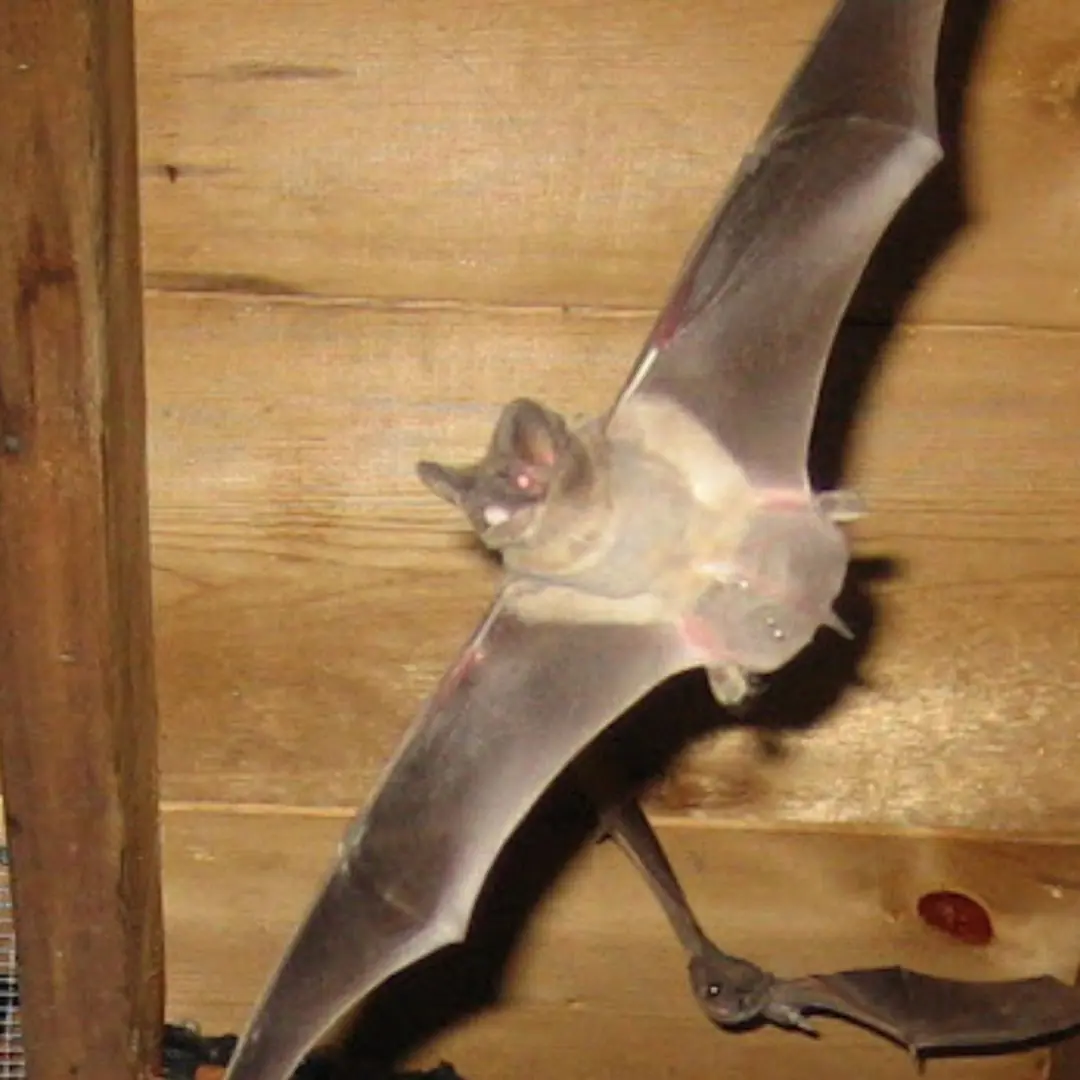
Don’t Panic! Follow These Steps If a Bat Gets Into Your House

4 Dangerous Mistakes When Thawing Fish

10 tips to keep thieves away from your home

Mistake #5: Almost everyone makes it—but few actually notice

Tips to Skim Excess Fat from Greasy Soup
News Post
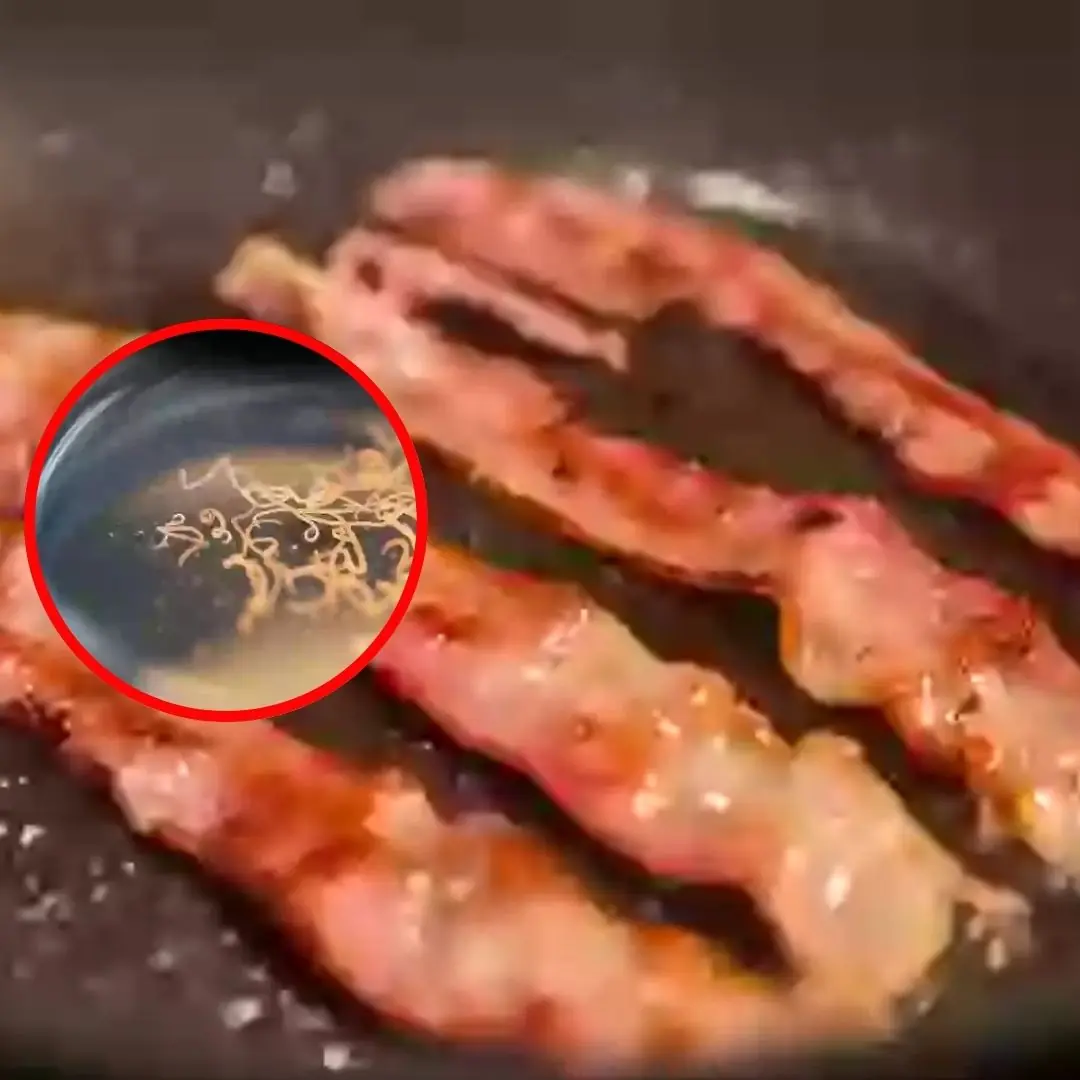
Man develops 'pork worms' in his br.ai.n after years doing this specific cooking habit

Diabetes can 'show' strange signs in the neck: If you see them, don't ignore them

3 Drinks Called the “Calcium Drainers” But Many People Still Love

4 Surprisingly “Clean” Vegetables with Minimal Pesticides

3 Lucky Plants That Bring Prosperity and Wealth

6 Golden Habits to Help Seniors Reduce the Risk of Cerebral Infarction

One Part of Chicken Contains Four Times More Cholesterol Than Pork Fat

Sweet Potatoes Are Not Good for These 3 Groups of People

Just hang a handful of these leaves in front of your door - flies and mosquitoes will disappear

Want the Health Perks of Coffee? Here’s the Best Time to Drink It

Taylor Swift and Travis Kelce announce engagemen

Washing Machines Have a Special Mode That Dries Clothes Faster

Flight attendant explains why cabin crew members always sit on their hands during takeoff

6 things you should absolutely not do when you have neck and shoulder pain because they destroy bones and joints and are terrible for your stomach

8 types of plants that attract snakes into the house

Mixing fabric softener with salt: Great use to solve household problems

Headache for 5 days, woman suddenly fell to the ground, co.nvulsed, had difficulty speaking

Summer or winter, Japanese people wear socks to sleep — here’s why!
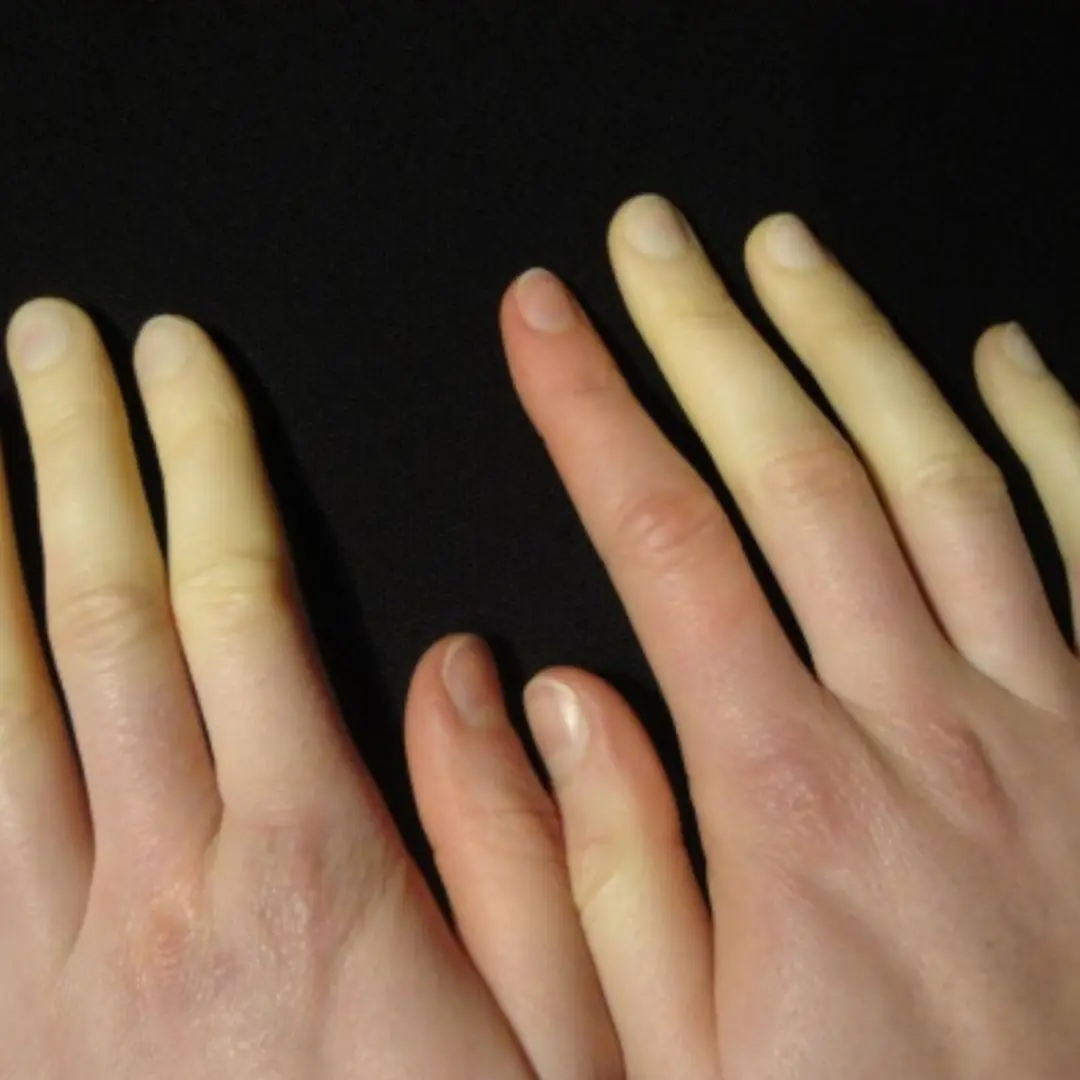
Spot these 10 symptoms? It’s time to see a doctor without delay!
